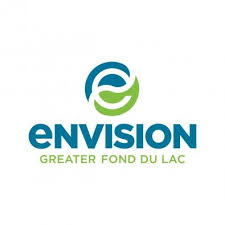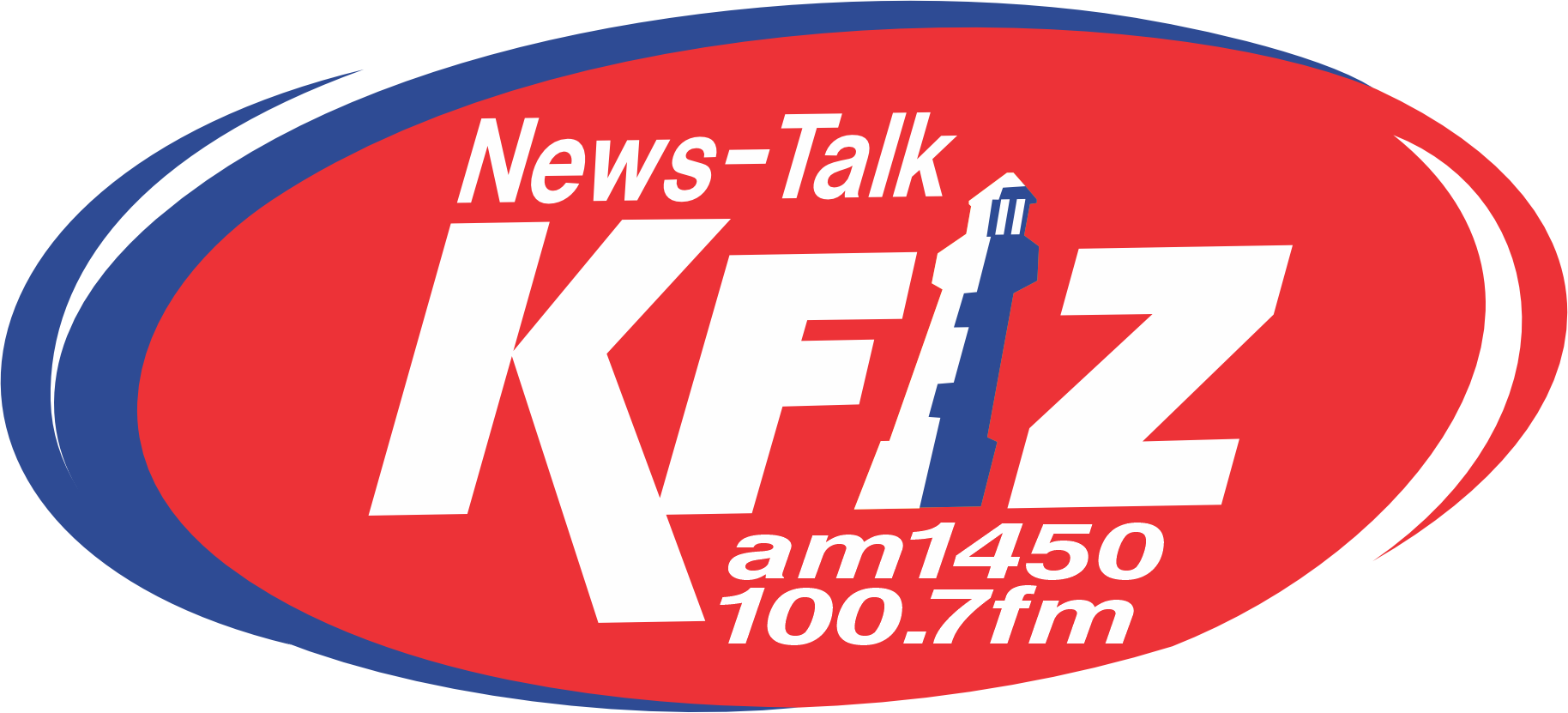Local News
Local Chambers of Commerce and businesses applaud Wisconsin passenger rail expansion

Local Chambers of Commerce in cities around Wisconsin say that the recently-announced federal grants to study passenger rail expansion in the state are an important first step to determining the feasibility and potential economic benefits that trains could provide.
The grants from the US DOT’s Federal Railroad Administration (FRA) provide for federally-funded planning to be undertaken to look at expanding service on current routes and adding train service to new cities around the state, Potential new cities include Appleton, Oshkosh, Fond du Lac, Eau Claire, Menomonie, Hudson, Pewaukee, Watertown, and Madison, with potential expanded service for Sturtevant/Racine, Milwaukee, Portage, Tomah, and La Crosse. FRA’s Corridor Identification and Development Program was created as a result of the Bipartisan Infrastructure Law that provides significant federal support for expansion of increasingly popular passenger rail service.
“This is an important announcement in the process towards a high-speed passenger rail line stop in Fond du Lac,” Sadie Vander Velde, President/CEO, Envision Greater Fond du Lac, said. “This corridor expansion from Milwaukee to Green Bay would open up avenues for more talent attraction, transportation accessibility, and increased tourism.”
A number of local Chambers of Commerce, prominent state and local businesses, education leaders, and local tourism agencies have signed on to a statement enumerating the potential value to more trains in the state:
“We (local Chamber of Commerce organizations) support the expansion of passenger rail service in high-potential Wisconsin corridors as a needed and worthwhile investment for the economic future of our state. Frequent service to more cities will help attract and retain business and the talent critical to its success; provide a convenient, economical, and environmentally friendly alternative to driving; accelerate economic growth opportunities; improve quality of life; increase tourism; and add resiliency to our transportation system.”
The list includes Chambers in Chippewa Falls, Eau Claire, Fond du Lac, Fox Cities, Green Bay, Menomonie, Milwaukee, and Oshkosh, as well as regional economic development organizations, several local tourism bureaus, and a number of prominent businesses. Click here for the full list of supporting businesses and organizations.
“The Amtrak Hiawatha trains on the Chicago-Milwaukee corridor are widely recognized as providing valuable economic and mobility benefits to southeast Wisconsin, and service is expected to start soon for an additional Chicago-Milwaukee-Twin Cities train via Wisconsin Dells and La Crosse,” notes Scott Rogers, Vice President Governmental Affairs at the Eau Claire Area Chamber of Commerce. “These grants make it possible to look at how trains could benefit other parts of Wisconsin, well.” Rogers also serves as the private-sector representative for Wisconsin on the Midwest Interstate Passenger Rail Commission, a compact of eight upper Midwest states who provide strategy, planning, and coordination of passenger train services.
Fond du Lac area visitor’s bureau, Destination Lake Winnebago Region, also supports this project. “As the official tourism entity for our region, we are thrilled at the prospect of a high-speed passenger rail line stop in Fond du Lac, Craig Molitor, President/CEO, said. “This corridor expansion from Milwaukee to Green Bay would provide a wonderful new point of access for potential visitors. Additionally, the rail line would offer residents and future residents increased flexibility as they travel throughout the broader region.”
The FRA grants were awarded for five corridor applications submitted earlier this year by the Wisconsin Department of Transportation (WisDOT), and the Chippewa-St. Croix Rail Commission in west central Wisconsin. The grants do not require any local or state matching funds. They will provide for the opportunity to assess potential ridership, track and station requirements, costs, and economic return-on-investment for each of the corridors. This work will help ready the corridors for the next steps in development, including Service Development Plans, environmental clearances, and potential implementation.


